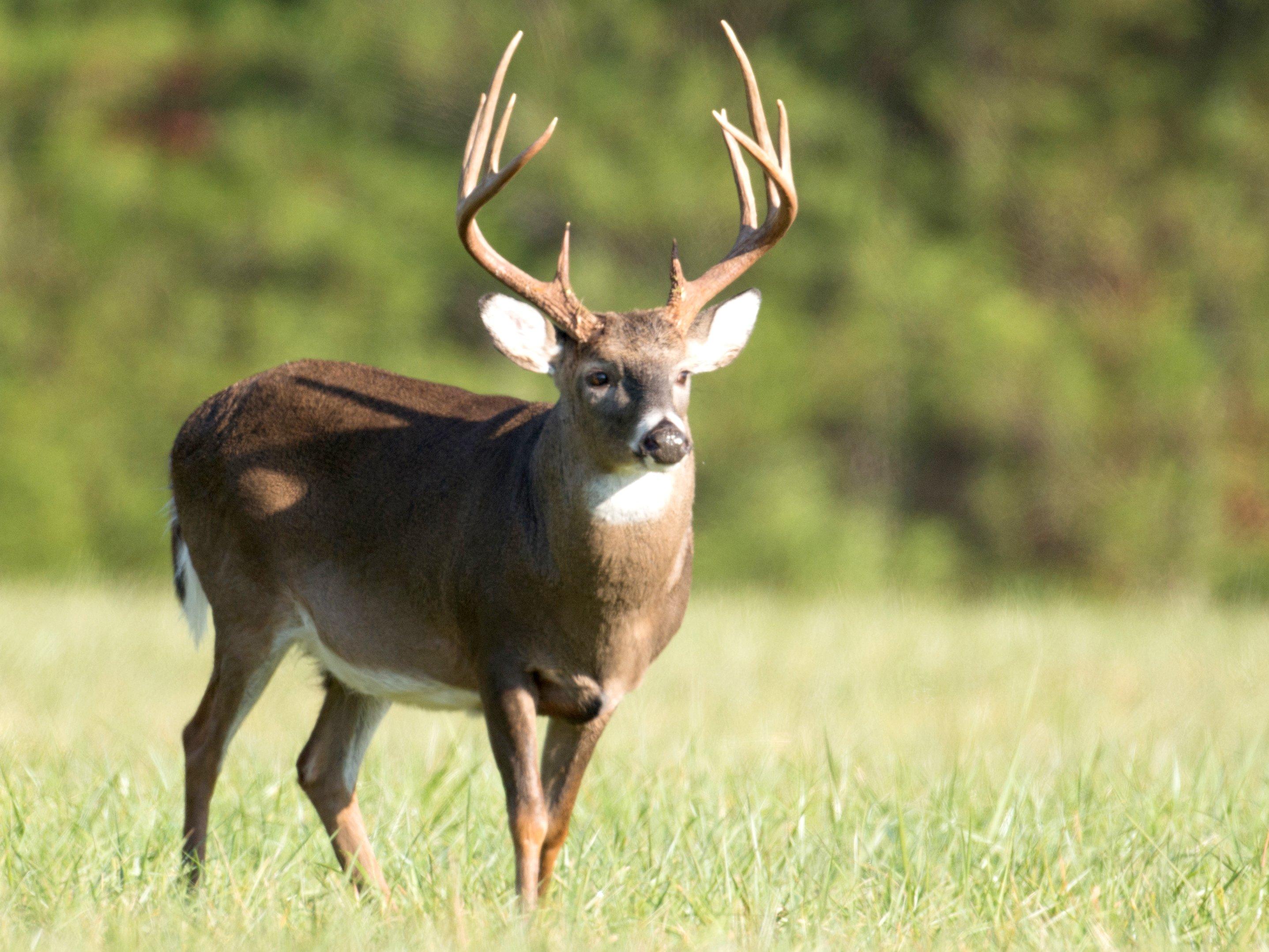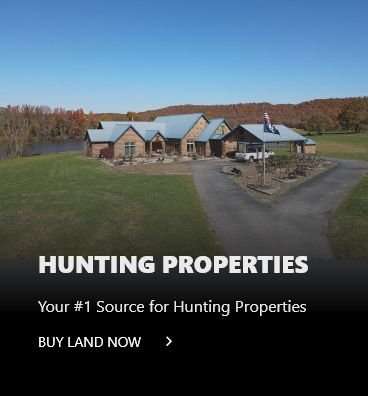1,250,000
Est. Whitetail Population
195,000
No. Licenses Sold Annually
$28.50 (plus $18.90 WMA permit)
Resident hunters can hunt deer with only an All-Game Hunting license for $28.50, and a WMA license costs an additional $18.40.
Resident hunting license and deer permit
$143.65-3329.70 (plus $18.90 for WMA permit)
All-game hunting license includes deer hunting, and a WMA license is an additional $18.90.
Non-resident hunting license and deer permit
186 3/8"
Picked up by George P. Mann in Lee County in 1986.
Record B&C Typical Stat
20
Total B&C Typical Entries
259 7/8"
Killed by Jon G. Moss in Perry County in 1989 and ranks No. 59 overall.
Record B&C Non-Typical Stat
14
Record B&C Non-Typical Entries

Get the latest info on Alabama. Image by Tony Campbell
Season Dates (2023):
Alabama deer hunting is managed by numerous hunting zones. Deer season dates vary in each. Please check the ALABAMA DEPARTMENT OF CONSERVATION AND NATURAL RESOURCES (ADCNR) WEBSITE to confirm season dates.
The Grade: C
There have been plenty of change in Alabama the past several years. In 2016, mandatory harvest reporting and season date extensions were added. In 2017, restrictions were placed on the importation of deer carcasses and certain high-risk parts. In 2019, baiting became legal with the purchase of a baiting privilege license. This year, zones D and E were created, where the season opens and closes two weeks earlier than in the rest of the state.
Overall, the statewide deer population remains about the same. There are plenty of animals, but Alabama has never been known as a trophy destination. Not many hunt here expecting to see a top-end buck.
“The deer herd should be in great condition,” said Chris Cook, deer program coordinator for the Alabama Division of Wildlife and Freshwater Fisheries. “Weather conditions during hunting season usually play a significant role in whether the annual deer harvest is above or below average. Rainy, hot weather during traditional periods of peak harvest, such as the two weeks prior to the peak of breeding, can greatly reduce the harvest in an area. On the flip side, excellent weather (cold, clear conditions) can improve harvest rates.”
Antler Nation Knowledge:
The Black Belt region stretches across the central part of the state, from border to border, and is perhaps the best known hunting area in Alabama. It spans about 40 miles north and 40 miles south of Interstate 80. Historically, this region is the best trophy area in the state.
There is plenty of public ground, too, including wildlife management areas, special opportunity areas, physically disabled hunting areas, Forever Wild Land Trust lands, U.S. Forest Service properties, U.S. Army Corps of Engineers ground, wildlife refuges and more. According to Cook, Alabama has about 775,000 acres in its WMA system, nearly all of which is open to deer hunting. He said that despite some misconceptions about the lack of quality deer on Alabama’s public lands, almost 48% of the antlered bucks killed on WMAs during the 2019-20 season were 3-½ years old and older. That’s exciting news for hunters willing to put in the time and effort to scout and hunt. FIND THE RIGHT PLACE for you.
Finally, for those who love to chase the rut, Cook says peak rut dates in Alabama range from late November (deer zones D and E) until the end of January and early February (most of Deer Zone B).
“The rut in Alabama varies significantly across the state, from mid-November and early December in deer zones D and E, all the way to late January and early February in most of Deer Zone B,” Cook said. “Breeding in deer zones A and C may fall anywhere in between. To get a better idea of when the rut likely occurs in their area, hunters can consult the Alabama Rut Map.”










